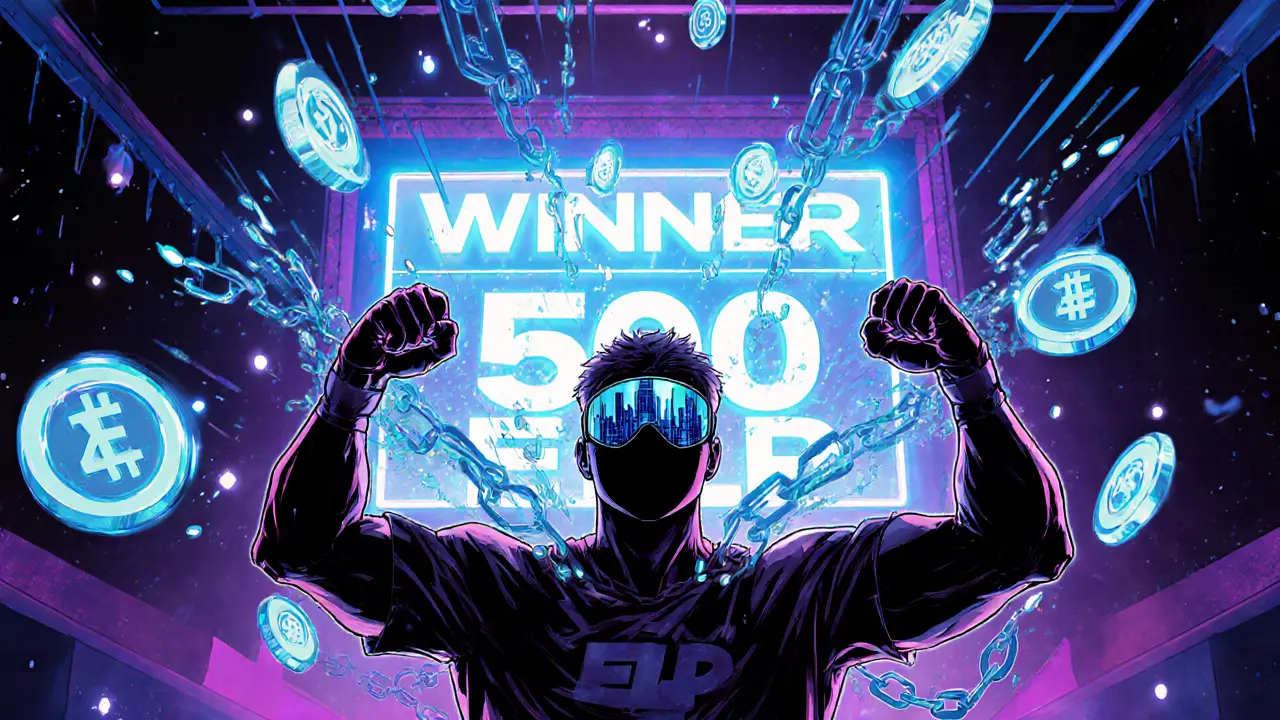When you hear blockchain gaming, a type of video game where players own in-game items as digital assets on a blockchain. Also known as crypto gaming, it turns your time spent playing into actual ownership—like owning a rare sword, land, or character that you can trade outside the game. This isn’t just about grinding for points anymore. It’s about building real value in games that don’t disappear when the server shuts down.
Many gaming tokens, cryptocurrencies tied to specific games or platforms that power economies inside the game claim to change everything. But most? They don’t. Take NFT gaming, a subset of blockchain gaming where in-game items are non-fungible tokens, meaning each one is unique and verifiably owned. Some projects, like the Lepasa Polqueen NFTs, give you actual characters that unlock real gameplay—land, battles, upgrades. Others? Just flashy images with no function, sold to people hoping for a quick flip. The difference? Utility. If your NFT doesn’t do anything in the game beyond sitting in your wallet, it’s not gaming—it’s gambling.
Blockchain gaming isn’t dead. It’s just cleaning house. Scams like fake airdrops, zero-volume tokens, and teams that vanish after launch have turned off real players. Projects that survive are the ones where the token actually powers something: buying gear, voting on updates, or earning rewards for playing. Leia Games (LEIA) and other tokens listed here show up because they’re being tested in real markets—not just hype cycles. You’ll find reviews of tokens that look promising but have no trading volume, exchanges that pretend to support them, and airdrops that never deliver. The pattern? If there’s no active development, no user base, and no clear reason to use the token inside the game, walk away.
What makes blockchain gaming different from traditional games? It’s control. In regular games, the company owns everything. In blockchain games, you do—if the system works. That’s why people care about decentralized exchanges, wallet integration, and cross-game asset use. But most platforms still feel clunky. You need a wallet, gas fees, and a basic understanding of crypto just to buy a helmet. That’s not user-friendly. The best projects are fixing that. The ones that aren’t? They’re just selling digital collectibles to people who don’t know the difference.
What you’ll find here aren’t marketing pages or paid promotions. These are real breakdowns of what’s working, what’s fake, and what’s just gone dark. You’ll see how North Korea steals crypto from gaming platforms, how fake airdrops trap new players, and why some tokens with big names have zero trading activity. No fluff. No promises of riches. Just facts about what’s real in a space full of noise. If you’re tired of chasing ghosts in the metaverse, you’re in the right place.

Elympics (ELP) is a Play2Win crypto token built for skill-based blockchain gaming. Unlike grind-based models, it rewards winners, not time spent. Low liquidity and no live games make it high-risk but potentially innovative.